Rotational flap plastic Bilder
Zum Fachartikel Rotational flap plastic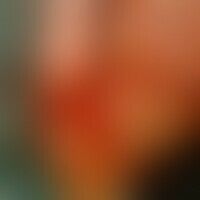
Fig. 1 b: Wedge-shaped tumor excision and formation of a retroauricular rotational flap.
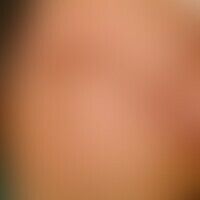
Fig. 1 c: Postoperative suture course after swiveling the rotational flap into the wedge-shaped defect.
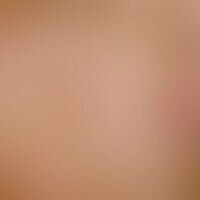
Fig. 1 d: Progress documentation: 7 years after surgery.
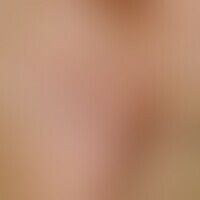
Rotational flap plasty. fig. 2 a: centrally erosive, partly crusty plaque with marginal telangiectasia in the region infraorbitalis. histological diagnosis of the specimen excision revealed a sclerodermiform basal cell carcinoma. planning of a rotational flap from caudally from the nasolabial region.
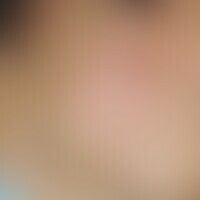
Fig. 2 b: Postoperative suture after covering the triangular excisional defect with a rotationalflap from caudal.
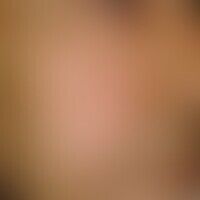
Fig. 2 c: Progress documentation: 5 years after surgery.
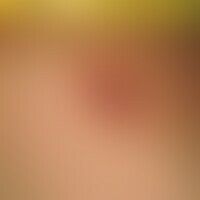
Rotational flap plasty. Fig. 3 a: Irregularly limited, 2.8 x 3 cm large, reddish-livid plaque, covered with hemorrhagic crusts on the back. Histological diagnosis of the tissue sample revealed a superficial basal cell carcinoma.
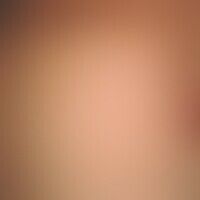
Fig. 3 b: Planning of a rotationalflap according to Dzubow.
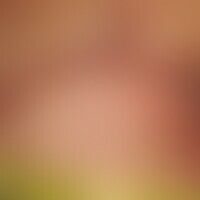
Fig. 3 c: Postoperative suture course after covering the triangular defect with arotating flap from medially from the middle of the back.
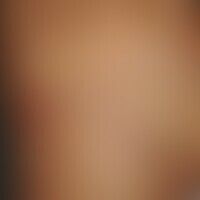
Rotational flap plasty. fig. 4 a: Sharply defined, hemispherically raised above the skin level, highly inflammatory reddened and superficially weeping tumor on the back of the hand. Histologically an invasive squamous cell carcinoma (pT2b; G II) was found. planning of a rotational flap.
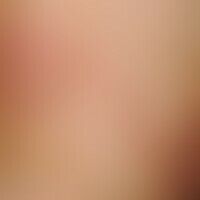
Fig. 4 b: Postoperative suture after wedge-shaped excision and defect coverage by means of rotationalflaps from the medial back of the hand.
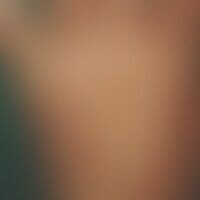
Fig. 4 c: Progress documentation: 1 year aftersurgery